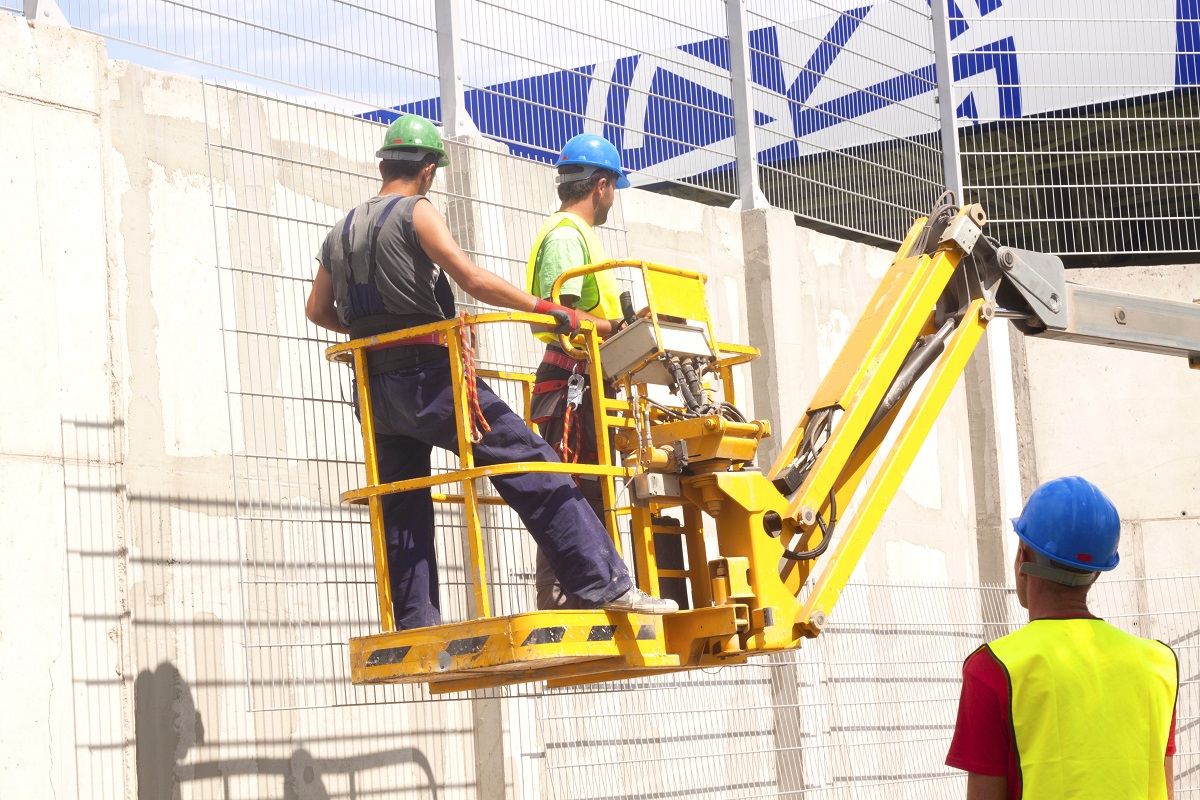- Identify potential risk factors such as project site, contractors, materials used, and equipment.
- You need to perform a comprehensive audit to identify weaknesses and areas that require attention.
- Establish a system of controls with KPIs and regulatory compliance measures. You should also develop policies for implementing controls.
- Review your insurance coverage to make sure you are adequately covered against potential risks.
- Develop a contingency plan in case a risk happens, including communication protocols and safety response measures.
As a construction business owner, managing risks should always be a top priority. It’s essential to determine what risks your company may face and develop strategies to mitigate them. With so much at stake, you need to be proactive in analyzing the potential hazards your business may encounter. Here are tips for assessing construction business risks that can impact the bottom line.
Identify potential risk factors.
To assess risks, you need to identify potential risk factors. Start by examining your business operations to identify areas where potential risks can happen, such as the following four:
The project site.
The project site is where the construction project takes place, and it can be a significant source of risk. From hazardous materials to weather conditions, you need to consider what risks may arise due to the site location and conditions.
Contractors.
Any contractors or subcontractors involved in your construction project could bring their own unique set of risks. Make sure you thoroughly assess any contractor’s qualifications before entering into any contractual agreements.
Materials used.
The materials you use can have a significant impact on your risk profile. Research different suppliers and manufacturers to make sure the materials you use meet all applicable safety standards and regulations.
Equipment.
Using inappropriate or faulty equipment could be a costly mistake, so it’s essential to assess these risks as well. Make sure any equipment is serviced correctly and inspected regularly to prevent accidents or malfunctions. You also need to invest in high-quality, durable equipment in the first place, especially for rigging and lifting applications. This will ensure that all of the equipment used for your project will last and perform as expected.
Equipment such as strong stainless steel rigging hardware can help reduce the risk of failure and injury. It’s durable and corrosion-resistant, making it an ideal choice for construction projects that require strong and reliable support. Stainless steel rigging hardware is available in a variety of shapes, sizes, and styles, so you can always find the best rigging solution for your project.
Once you’ve identified potential risk factors, consider the likelihood and potential impact of each risk.
Perform a comprehensive audit.

A comprehensive audit can help identify weaknesses and areas that require immediate attention. The audit should include a review of your policies, procedures, and safety measures. Hiring a third-party auditing firm can objectively assess your business operations and help identify potential areas of risk. Additionally, regularly update your audit to ensure the company’s risk profile is always up-to-date.
Establish a system of controls.
Developing a system of controls can help mitigate identified risks. This system includes establishing key performance indicators (KPIs) and implementing regulatory compliance measures and protocols.
Develop policies for implementing controls and ensure all staff and stakeholders adhere to them. Identify and implement effective risk-management strategies tailored to your business’s unique needs.
Review your insurance coverage.
Reviewing your liability and insurance coverage can significantly reduce potential risks. Ensure your policies cover potential liability claims, worker and equipment accidents, and natural disasters like fires and floods.
Your liability coverage should also cover third-party claims, including property damage and personal injury. Review and update your policies regularly to ensure you have the appropriate coverage.
Have a contingency plan.

A contingency plan should be in place if a risk eventuates. The contingency plan should highlight steps to be taken when a risk eventuates, including communication protocols, safety response measures, and conducting a post-mortem review to understand what happened and how to mitigate similar risks. You should also make sure your team is aware of the plan and how to respond in case of a risk happening.
Risk management should always be a priority for any construction business. By following the tips outlined in this blog, you can develop an effective risk-management strategy that will help protect your bottom line and ensure that your company is well-prepared to handle potential risks.
Identifying potential risk factors, performing comprehensive audits, establishing systems of controls, reviewing insurance coverage, and having a contingency plan are all essential steps in managing the risks associated with running a successful construction business. With these strategies in place, you’ll have greater peace of mind knowing that your operations are protected from unforeseen hazards or events.







